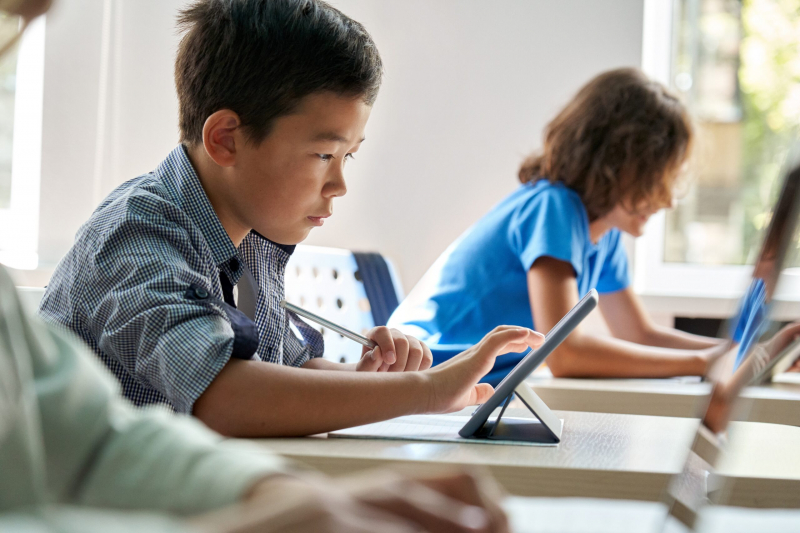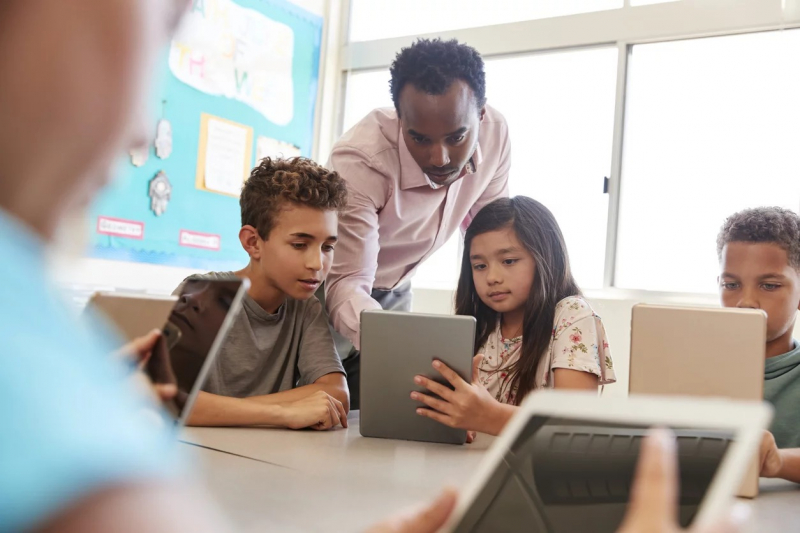Technology's Transformation of Modern Education
The rapid advancement of technology has dramatically transformed modern education, revolutionizing how learning is facilitated and accessed. This essay examines the multifaceted impact of technology on education with its benefits and challenges.
One of the most significant benefits of technology in education is the increased accessibility to information and learning resources. The internet, educational apps, and online databases have made a vast array of knowledge readily available to students from diverse backgrounds. Platforms like Khan Academy offer free educational resources. That makes learning more accessible to students who might not have these resources locally. The National Center for Education Statistics reports that 94% of children ages 3 to 18 had computer access at home in 2015, demonstrating the widespread availability of digital tools for learning (National Center for Education Statistics, 2017).
In addition, technology has also facilitated personalized learning experiences. Educational software and online resources can adapt to individual student's learning paces and styles, allowing for more personalized education. This adaptability is particularly beneficial in addressing the diverse needs of students, including those with learning disabilities. The International Society for Technology in Education (ISTE) emphasizes the role of technology in personalizing student learning and providing equitable access to educational resources (ISTE, 2017).
However, the integration of technology in education is not without its challenges. One significant concern is the digital divide - the gap between those who have access to modern information and communication technology and those who do not. This divide can exacerbate existing educational inequalities. The UNESCO report on 'Education For All 2000-2015' highlights that despite progress, disparities in access to educational technology still exist, especially in developing countries (UNESCO, 2015).
Another challenge is ensuring that technology does not replace essential interpersonal aspects of learning. While technology can enhance the learning experience, it cannot replicate the social interactions and personal connections that are part of traditional classroom learning. This balance is crucial for developing communication and social skills in students.
In conclusion, technology has undeniably transformed modern education, offering remarkable benefits in terms of accessibility and personalized learning. However, it is essential to address the challenges, such as the digital divide and the potential loss of interpersonal aspects of learning. The goal should be to integrate technology in a way that enhances, rather than replaces, traditional educational methods.
References
- National Center for Education Statistics. (2017). Digest of Education Statistics. https://nces.ed.gov/programs/digest/d17/tables/dt17_702.60.asp
- International Society for Technology in Education. (2017). ISTE Standards for Students. https://www.iste.org/standards/for-students
- UNESCO. (2015). Education For All 2000-2015: Achievements and Challenges. https://unesdoc.unesco.org/ark:/48223/pf0000232565












